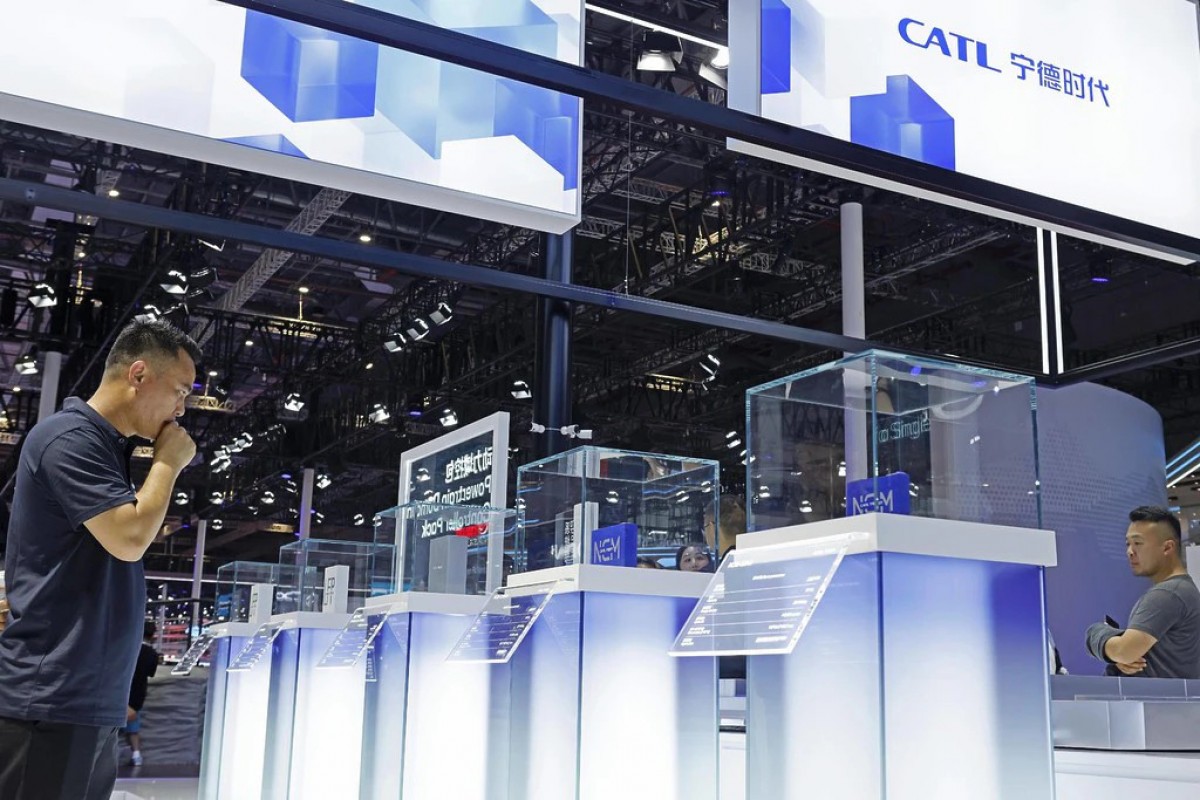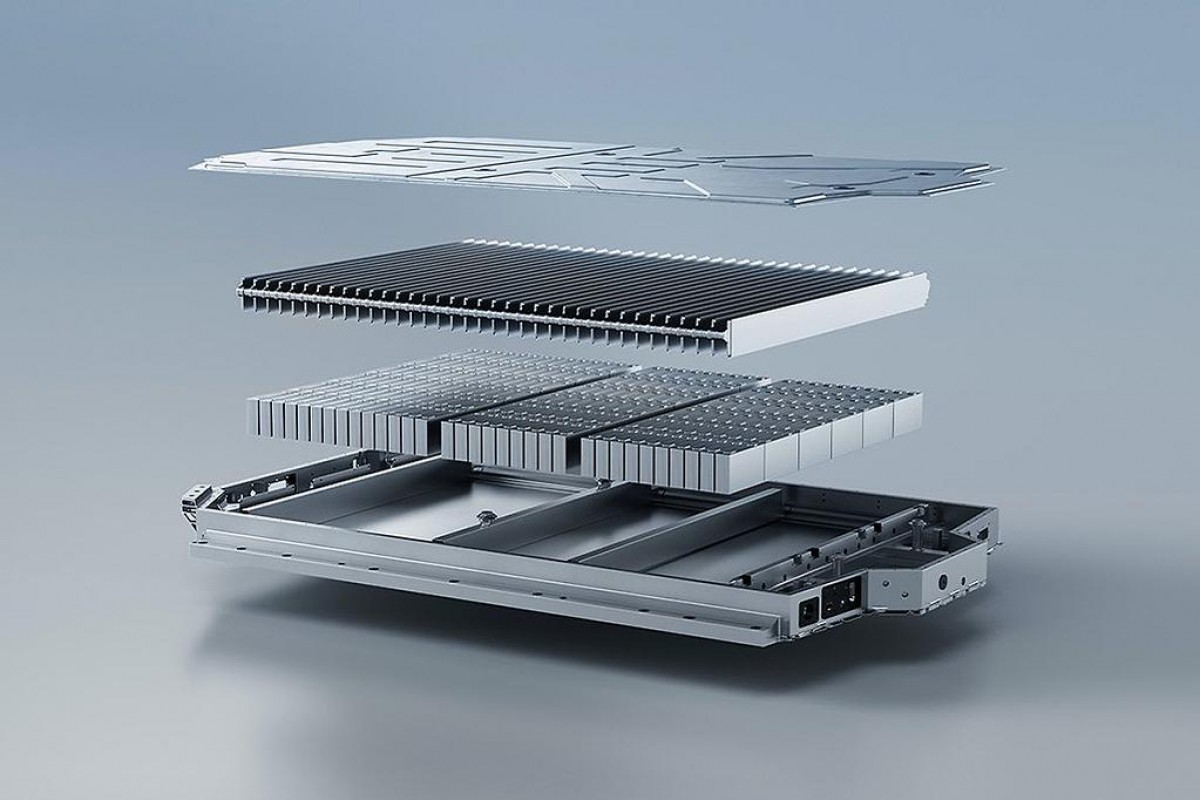CATL turbocharges cold weather EV battery performance
It feels like there is no week without some big battery announcement. While new electric cars are coming to the market all the time, it is the battery technology and charging infrastructure that holds back the transition. Only last month we reported on a new battery tech that can fully recharge a 620 miles battery in 6 minutes regardless of the outside temperature, and now CATL claims it has achieved its own milestone.
As electric vehicles are making a beeline for global domination, the Achilles heel of this revolution seems to be battery performance in colder temperatures. Charging efficiency and range become victims of lower mercury levels. Enter CATL, the world's leading EV battery manufacturer, asserting that they have cracked the code. The company claims its new electrolyte development can supercharge EV batteries even in frigid conditions, but should we readily buy into this excitement?
At a recent Shanghai forum, CATL's chief scientist Wu Kai unveiled an intriguing proposition - an electrolyte claimed to boost the charging efficiency of lithium-ion batteries by a whopping 50% in -4°F conditions, and 43% under normal temperatures. These numbers certainly provide some warmth amidst the icy cold of skepticism, but the absence of explicit details about the electrolyte's development is like a stubborn frost that refuses to melt.

The ambitious Chinese battery maker promises more than just cold-weather performance. It plans to roll out an EV battery that can be recharged within 10 minutes and offer a respectable 249 miles of driving range. While the range is hard to comment on without knowing the capacity, the charging time certainly is impressive. But there's a caveat. The company's next goal is to shave the charging time down to a mere 5 to 7 minutes for the same range, which sounds borderline magical - at least in comparison to current tech.
While CATL's achievements sound exciting, they've also thrown a shadow over the future of solid-state batteries. Once hailed as the successors of the lithium-ion reign, their future now looks a bit less certain. Wu Kai's not-so-optimistic stance against the backdrop of Toyota's announcement to produce solid-state batteries by 2027, adds a touch of intrigue to the global battery drama. And then there is Nio already offering a 150 kWh semi-solid battery with its vehicles, and Zeekr 001 with its record breaking 140 kWh Qilin battery pack - from CATL.
Moreover, the idea of halving the costs of these solid-state batteries, as Toyota proposes, is alluring, but with CATL's skepticism, the validity of this claim seems shrouded in mystery. What's the benchmark being used for comparison? While cost reduction is a noble pursuit, it shouldn't come at the expense of quality and performance.

CATL is not a one-trick pony, though. Earlier this year, they also revealed a technology capable of producing battery cells with an energy density of up to 500 Wh/kg, a significant stride from Tesla's current 4680 cells that offer 296 Wh/kg. They even venture to suggest that such advanced cells could potentially power electric passenger aircraft - a bold claim that hovers between science and science fiction.
While CATL is undoubtedly making headlines with its ambitious assertions, it's essential to approach these claims with a healthy dose of skepticism. Transparency about the methods and materials used is crucial, particularly when the claims are game-changing. While CATL's cold weather prowess and fast charging promises could be instrumental in propelling the EV revolution forward, it's important to remember that technology often takes its sweet time to evolve. Grand promises are easy to make, but fulfilling them is the real deal.





Facebook
Twitter
Instagram
RSS
Settings
Log in I forgot my password Sign up